Published on July 6, 2020
With a history so rich, Vietnam was bound to have a few destinations registered as World Heritage Sites by the UNESCO. After a thousand years of Chinese influence with Confucian and Buddhist traditions, French colonization with Latin characters, Catholicism and Western architecture, several marking wars, and now an economic boom since its reopening, no wonder Vietnam is part of the top destinations to travel to. The country has everything it needs to captivate its audience.
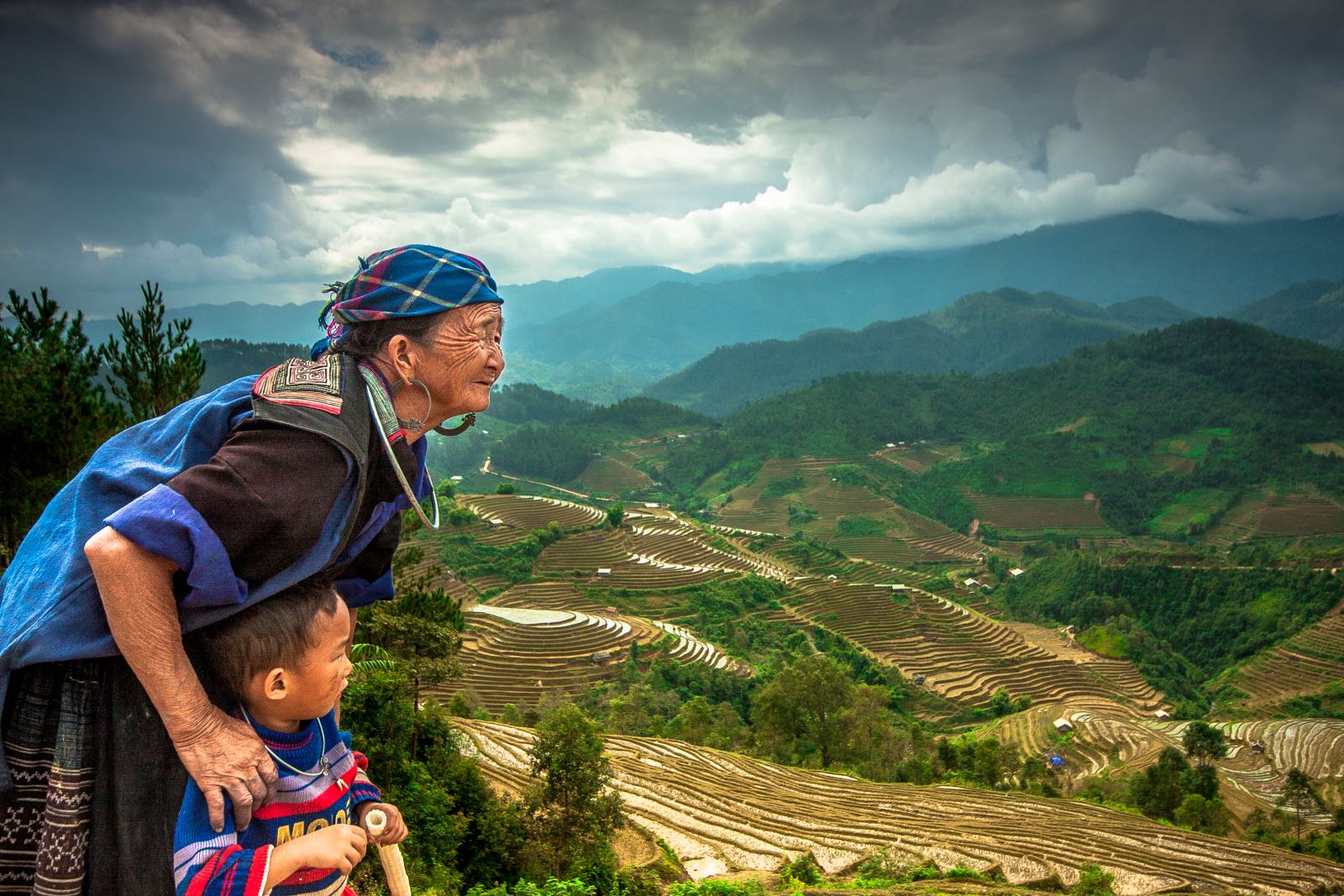 8 Sites inscribed on the World Heritage List
8 Sites inscribed on the World Heritage List
These eight sites are divided in three categories: cultural, natural or mixed site. Here is a brief reminder of all the beauties Vietnam has to offer…
1. Complex of Hué Monuments (Central Vietnam – Cultural site – Inscribed in 1993)
Well-preserved relic of the glory of imperial Vietnam,
Hue was the capital city under the Nguyen emperors’ dynasty between 1802 and 1945. Its location along the Perfume River contributes in giving the city a particular charm which modern constructions have not destroyed but on the contrary, add an interesting perspective to the evolution of architecture.
The central structure is the Hue Citadel area where were located not only administrative and military functions of the Empire, but also the Imperial Residence, the Hoang Thanh (Imperial City), the Tu Cam Thanh (Forbidden Purple City) and related royal palaces.
.jpg) 2. Halong Bay (Northern Vietnam – Natural site – Inscribed in 1994)
2. Halong Bay (Northern Vietnam – Natural site – Inscribed in 1994)
The most famous destination than many dream about and, in complete honesty, as soon as you get on a boat and start cruising through the towering limestone pillars and tiny islets topped by forest, rising from the emerald waters of the Gulf of Tonkin, the surrounding beauty makes it the most romantic and surreal place there is.
Halong Bay Area includes three parts: Halong Bay in the centre, Bai Tu Long Bay in the north and Lan Ha Bay in the south. All three bays offer the same vision with scattered islands, eroded grottoes and floating villages. The differences will only lie on your preferences, your choice of travel, and the popularity of each bay. Even though these two other bays are not yet recognized as World Heritage Sites, Lan Ha Bay’s particularity is the
island of Cat Ba, well-known destination for Vietnamese travellers and starting point to cruises through Lan Ha Bay.
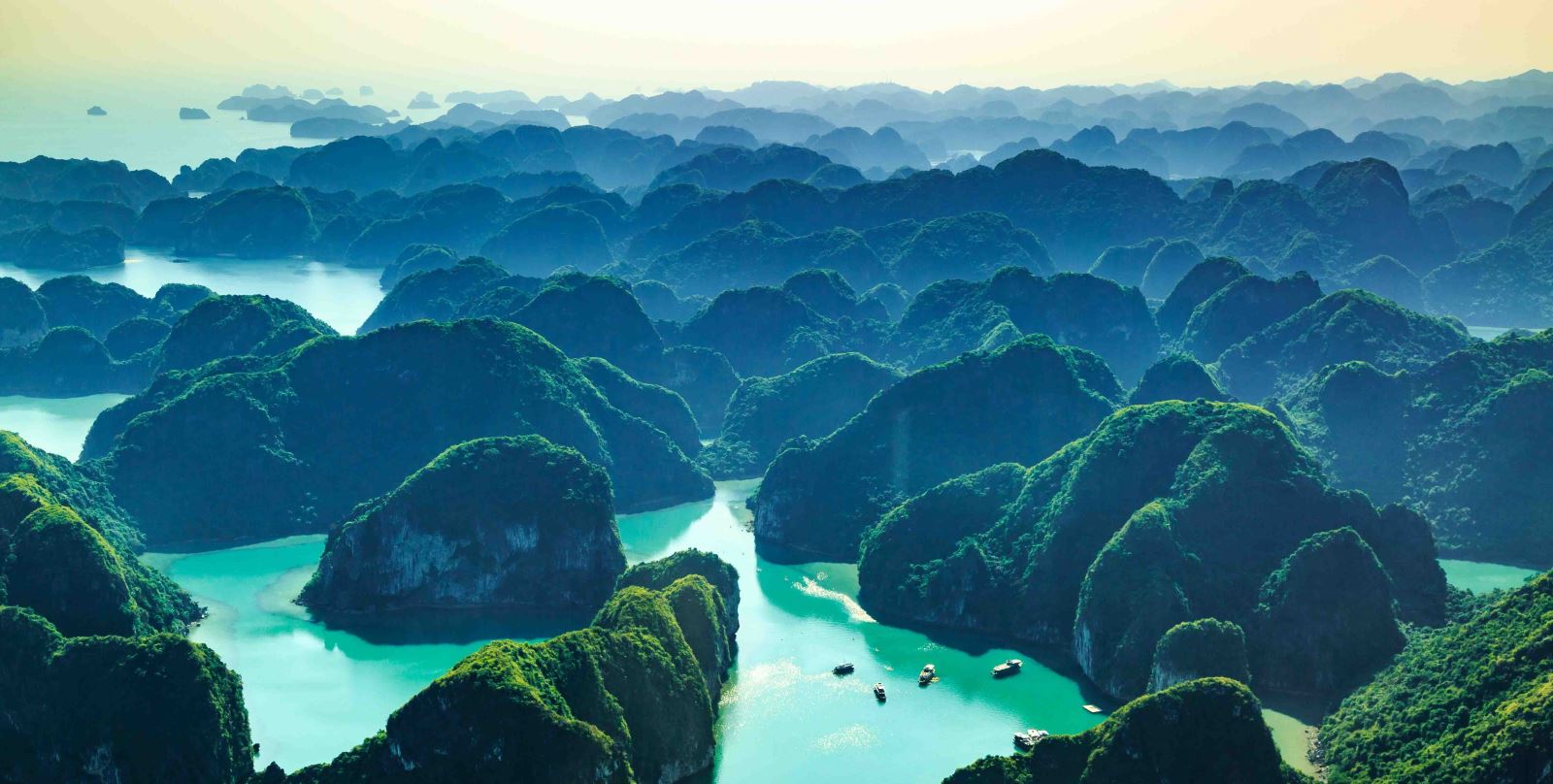 3. Hoi An Ancient Town (Central Vietnam – Cultural site – Inscribed in 1999)
3. Hoi An Ancient Town (Central Vietnam – Cultural site – Inscribed in 1999)
One-of-a-kind, graceful and historic,
Hoi An is Vietnam’s most atmospheric and delightful town. Once a major port, it boasts a mix of cultures that can be seen in every building. The face of the Old Town has preserved its incredible legacy of tottering Japanese merchant houses, Chinese temples and ancient tea warehouses.
Not only the historical legacy is highly present, but Hoi An also benefits from low traffic and pollution, as well as an ideal location on the coast, offering white-sand beaches within easy reach.
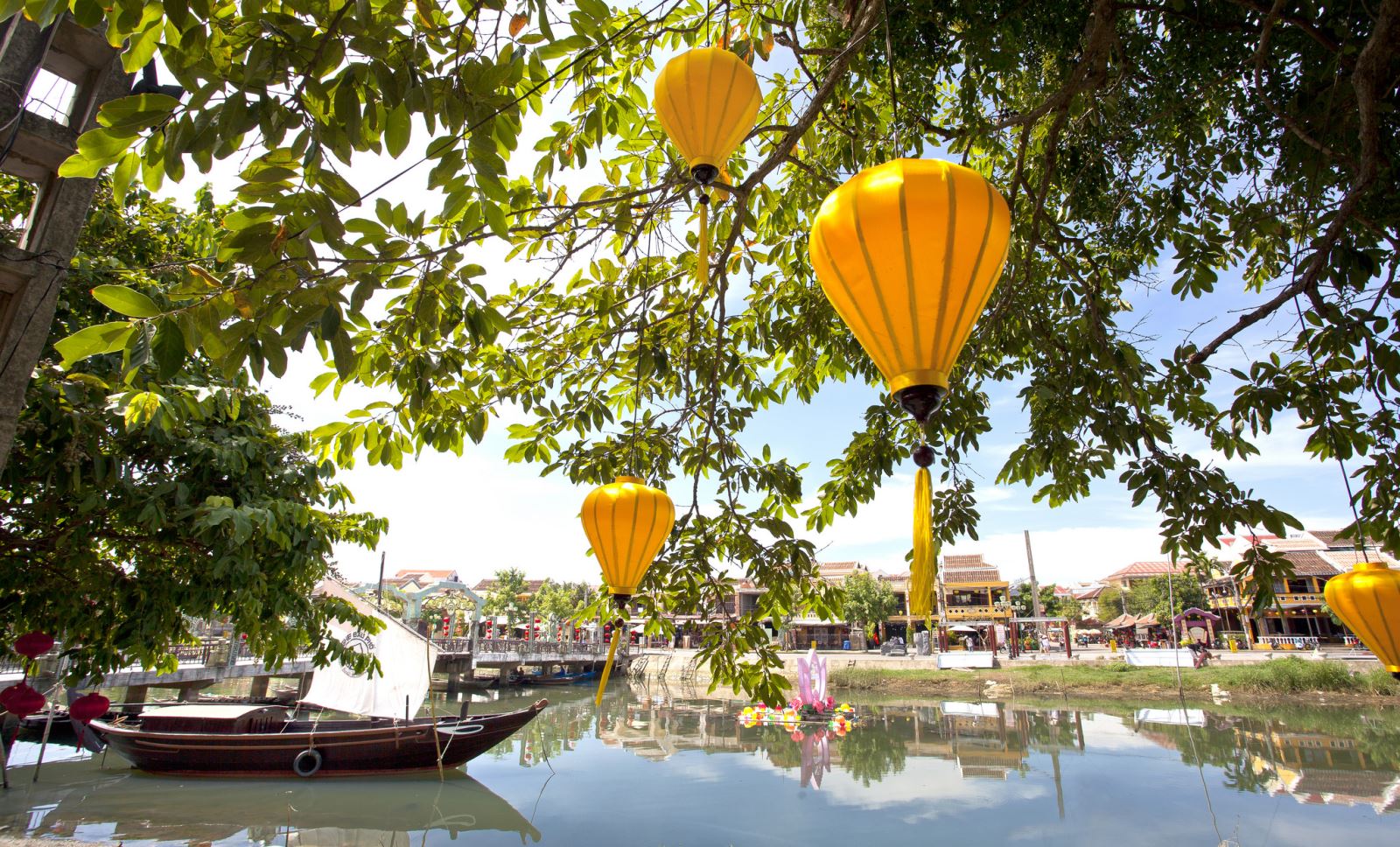 4. My Son Sanctuary (Central Vietnam – Cultural site – Inscribed in 1999)
4. My Son Sanctuary (Central Vietnam – Cultural site – Inscribed in 1999)
Complex of Hindu temples constructed during the Champa Kingdom, which ruled Central and Southern Vietnam between the 3rd and 13th centuries. Even though the site is in poor shape – only 20 structures remain where experts estimate that at least 68 temples once stood – the intimate nature of My Son, set in a lush jungle valley and surrounded by gurgling streams, is kind of magical.
It was once the most important intellectual and religious centre of the kingdom of Champa. Discovered in the late 19th century by the French during colonisation, who restored parts of the complex, it was then partially destroyed by American bombings during the Vietnam-American war.
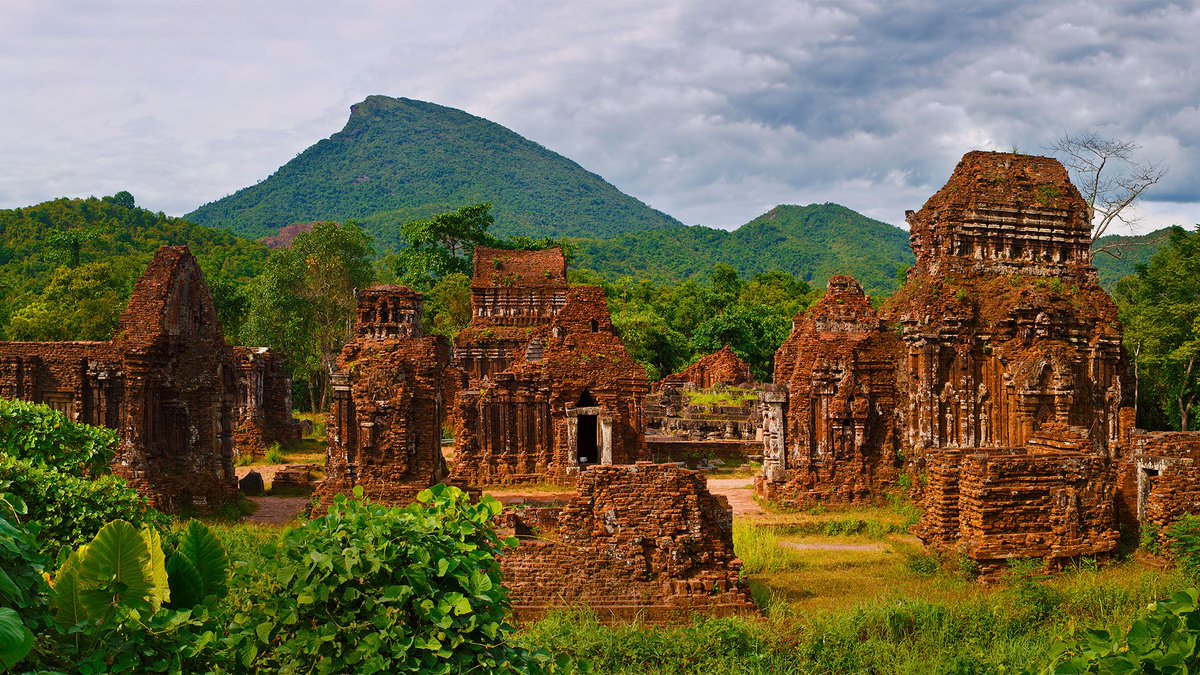 5. Phong Nha-Ke Bang National Park (Central Vietnam – Natural site – Inscribed in 2003)
Phong Nha - Ke Bang National Park
5. Phong Nha-Ke Bang National Park (Central Vietnam – Natural site – Inscribed in 2003)
Phong Nha - Ke Bang National Park has a beauty which is incomparable to any other part of the world. Below the rich primary and secondary forests, sits an underground prehistoric cave paradise which exceeds the powers of the imagination. It is one of the largest and oldest karst formations in the world. 400 million years of formation, erosion and tectonic activity have resulted in one of the most stunning cave systems of the world, the scale and beauty of which is almost indescribable. This is a whole underground world which stretches for over 100km. The labyrinth features stalactites and stalagmites of gargantuan size, pools, rivers, and even a cave large enough to house an entire New York City block.
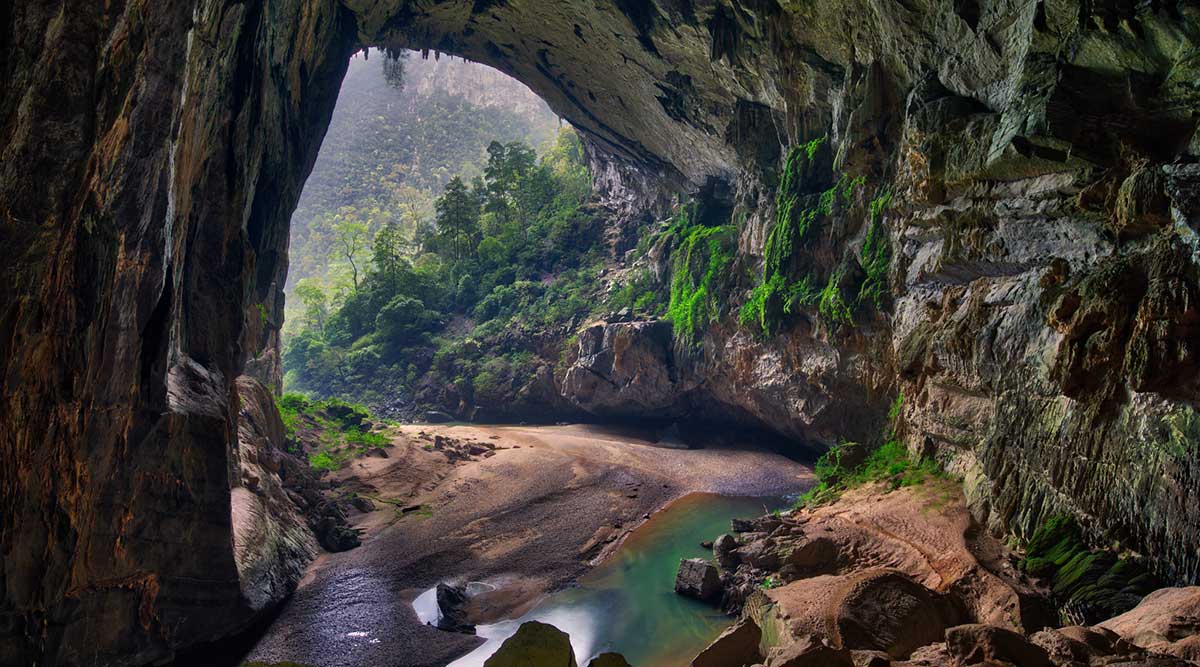 6. Central Sector of the Imperial Citadel of Thang Long – Hanoi (Northern Vietnam – Cultural site – Inscribed in 2010)
6. Central Sector of the Imperial Citadel of Thang Long – Hanoi (Northern Vietnam – Cultural site – Inscribed in 2010)
Only World Heritage Site in the capital city of
Hanoi, the Imperial Citadel of Thang Long is an intriguing relic of Vietnam’s history, built in the 11th century by the Ly Viet Dynasty. Recent discoveries made by archeologists such as bronze coins, ceramics and pottery indicate close trading relationships with China in the north and the ancient Kingdom of Champa in the south. Also called the Hanoi Citadel, it was the political centre of the country for almost 13 centuries without interruption.
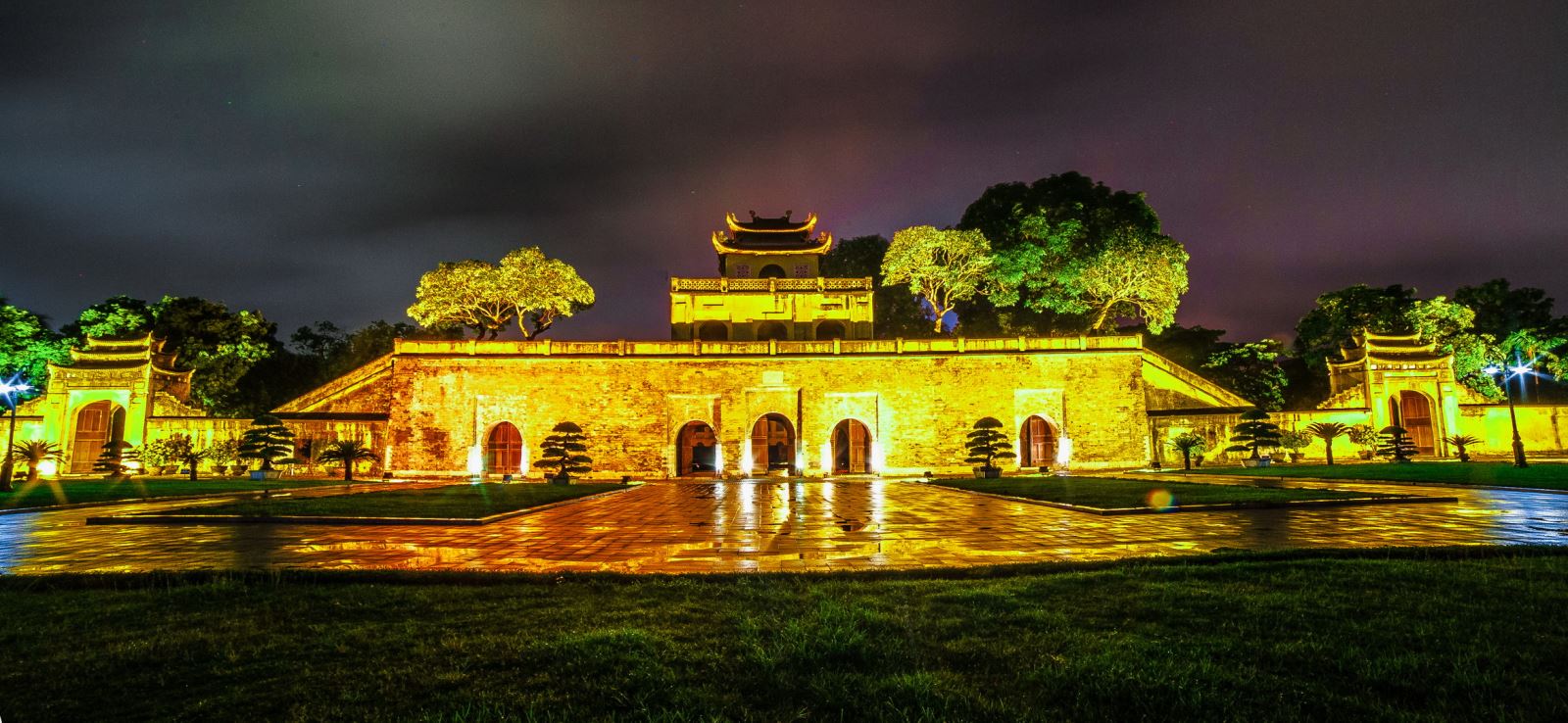 7. Citadel of the Ho Dynasty (Northern Vietnam – Cultural site – Inscribed in 2011)
7. Citadel of the Ho Dynasty (Northern Vietnam – Cultural site – Inscribed in 2011)
Located in Thanh Hoa Province, around 150km south of Hanoi, is the Citadel of the Ho Dynasty, the less known destination on this list. The Ho Dynasty lasted only seven years but they have managed to leave a long-lasting mark, not only by building a citadel according to the
feng shui principles, but also by introducing paper money and opening ports to foreign trade among other. According to UNESCO, “the buildings represent an outstanding example of a new style of Southeast Asian imperial city”, a critical period where traditional kingship and Buddhist values were giving way to new trends in technology, commerce and centralised administration.
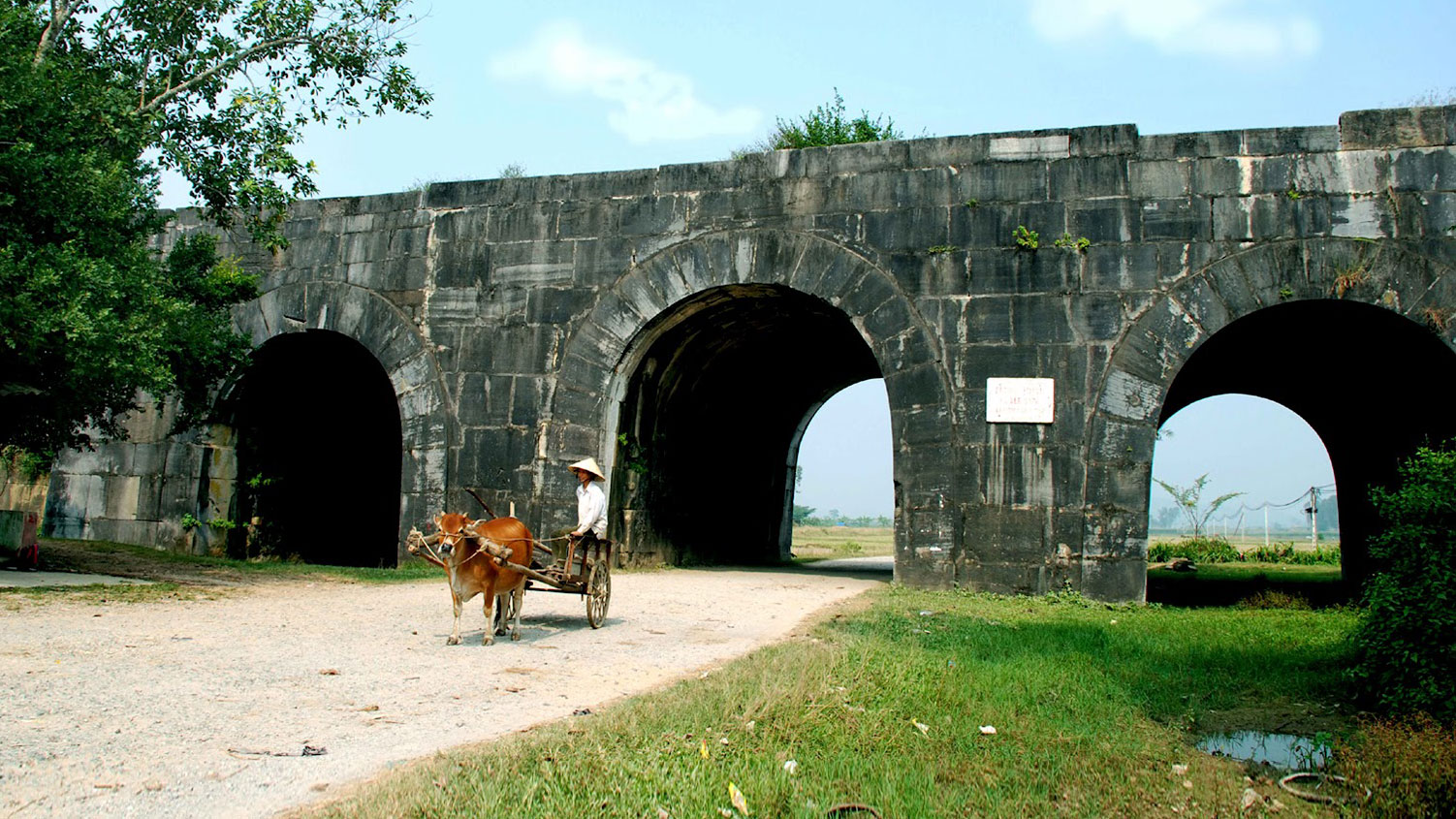 8. Trang An Landscape Complex (Northern Vietnam – Mixed site – Inscribed in 2014)
Ninh Binh Province
8. Trang An Landscape Complex (Northern Vietnam – Mixed site – Inscribed in 2014)
Ninh Binh Province needs no introduction, known as the ‘Halong Bay on land’, the site is famous and located close in the south of Hanoi. Trang An is located in this province and is a mixed cultural and natural property contained mostly within three protected areas; the Hoa Lu Ancient Capital, the Trang An-Tam Coc-Bich Dong Scenic Landscape, and the Hoa Lu Special-Use Forest.
To fill in the ‘natural site’ criteria, the Trang An Complex is a breathtaking area of karst limestone peaks spreading throughout cultivated valleys. As for the ‘cultural site’, human traces of over 30,000 years can be found in caves, giving significant information on the Neolitic and Bronze Ages.
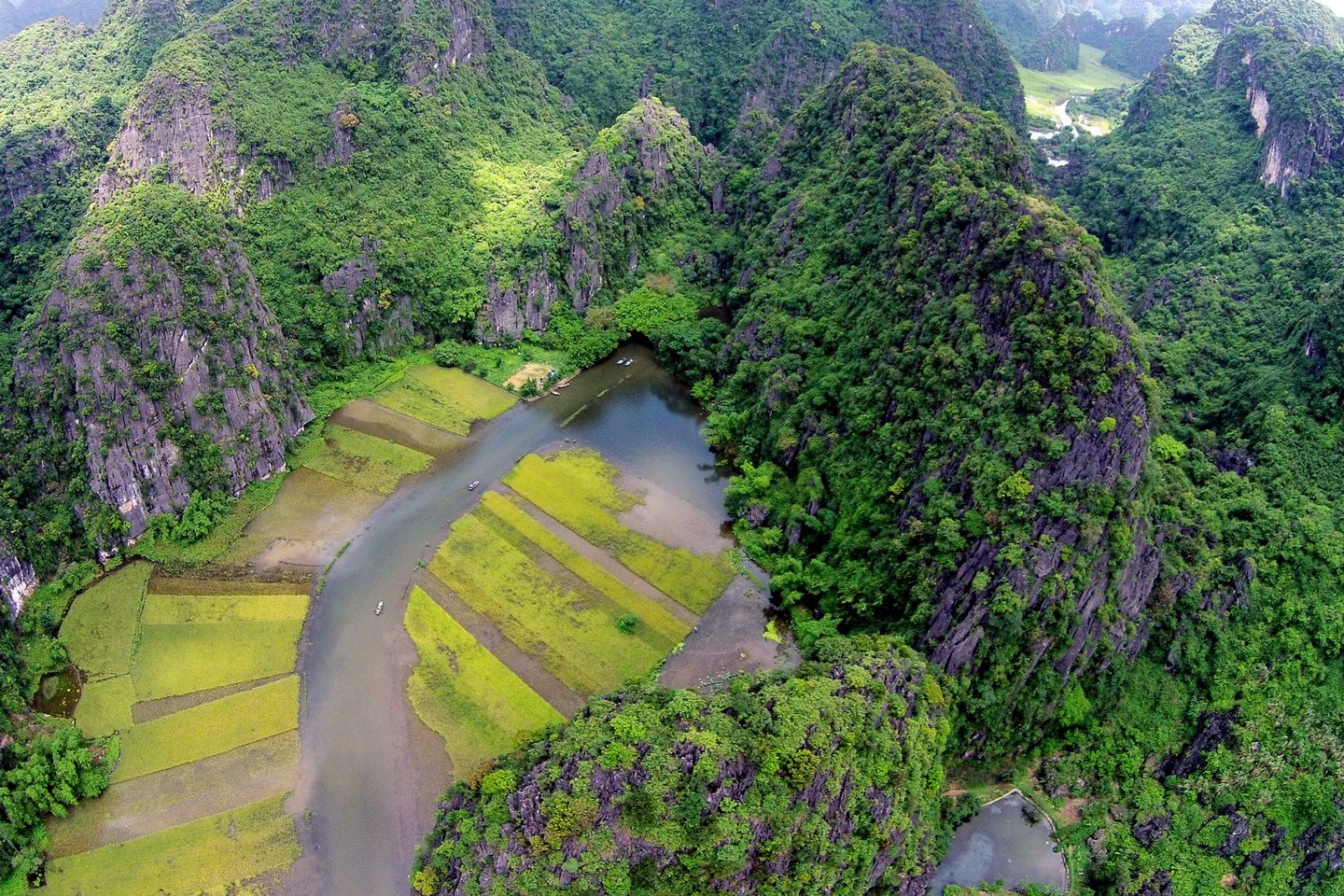 7 Sites on the Tentative List
7 Sites on the Tentative List
Other sites have also been submitted by the Vietnamese authorities and awaiting to be considered for nomination to enter the ive club of the UNESCO World Heritage Sites.
1. Huong Son Complex of Natural Beauty and Historical Monuments
Northern Vietnam – Candidate since 1991
2. The Ancient Stone Field in Sapa
Northern Vietnam – Candidate since 1997
3. Cat Tien National Park
South Vietnam – Candidate since 2006
4. Con Moong Cave
Northern Vietnam – Candidate since 2006
5. The Complex of Yen Tu Monuments and Landscape
Northern Vietnam – Candidate since 2014
6. Halong Bay – Cat Ba Archipelago
Northern Vietnam – Candidate since 2017
7. Ba Be - Na Hang Natural Heritage Area
Northern Vietnam – Candidate since 2017
Hopefully more sites will be protected under the UNESCO World Heritage Site designation. Special mention and support to Ba Be Lake and its national park as it is one of our favourite destinations in the whole wide world

Vietnam has a lot to offer from breathtaking landscapes to a wide range of diverse cultural heritages. If you wish to make the most of your trip,
send us an email with your preferences and we will make it happen!